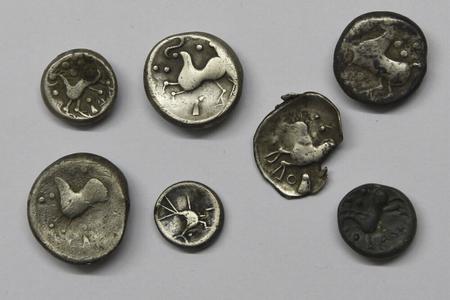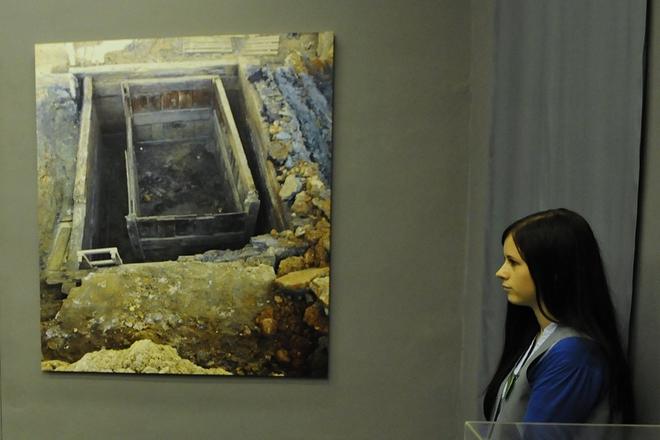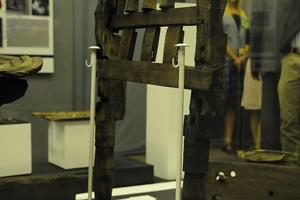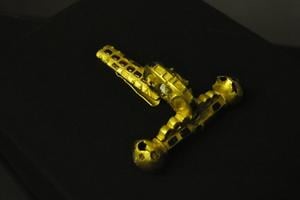The Podtatranské Museum in Poprad's long-awaited opening of the exposition of an ancient princely tomb will be postponed until next year.
The opening was originally planned for the end of this year, but museum director Magdalena Bekessová has said it will not be possible due to the Covid situation, the approval process and public procurement, as reported by the SITA newswire.
In April, the museum announced that the installation of the exhibition would begin during the autumn, but this has not happened yet, the director claimed.
Obstacles
The postponement of the opening date has also been confirmed by the Prešov Self-Governing Region (PSK), which the museum falls under.
"The process of preparing the exposition of the princely tomb is demanding in terms of time as well as from a professional and financial point of view," explained Lea Heilová of PSK's Communication and Promotion Department.
She added the exposition is prepared in accordance with laws and regulations, such as the Public Procurement Act and the Budget Rules Act. It also depends on the stance of the Monuments Board, which causes postponed deadlines.
The delay is also related to the pandemic situation and the subsequent material crisis. Heilová pointed out this was associated with rapidly rising prices and a lack of materials to be used for the exposition.
Priority
The tomb will be installed on the ground floor in the renovated premises of the museum.

The Podtatranské Museum has announced a public procurement in connection with the creation of the exhibition. So far, the PSK has allocated €494,615 for the exhibition.
Heilová underlined the opening of the exposition is a priority task and goal of the Podtatranské Museum, but it is the region's priority too as it finances its realisation.
15 years
The tomb of a Germanic prince from the 4th century was discovered during the construction of an industrial park in the Matejovce borough in the town of Poprad back in 2005. It was found five metres below the surface.
Experts uncovered a fully equipped roofed log cabin with a wooden sarcophagus, leather and textile remains of the deceased's clothing, as well as food remains in ceramic and bronze vessels. Decorative items made of bronze, silver and gold were also found.
Scientists believe the prince was a native of the Tatras, grew up in the Spiš region, and died of hepatitis B when he was about 20 years old.

This year, the museum commemorates 15 years since the archaeological research, which was carried out in cooperation with the Archaeological Institute of the Slovak Academy of Sciences and other partners.
This was followed by international scientific research and the tomb rescue in Slovak and several foreign scientific workplaces and laboratories.



 A Germanic prince, whose tomb was found in 2005 in Poprad, grew up in the Spiš region, but spent most of his short life in the Mediterranean region. (source: TASR/Oliver Ondráš)
A Germanic prince, whose tomb was found in 2005 in Poprad, grew up in the Spiš region, but spent most of his short life in the Mediterranean region. (source: TASR/Oliver Ondráš)


